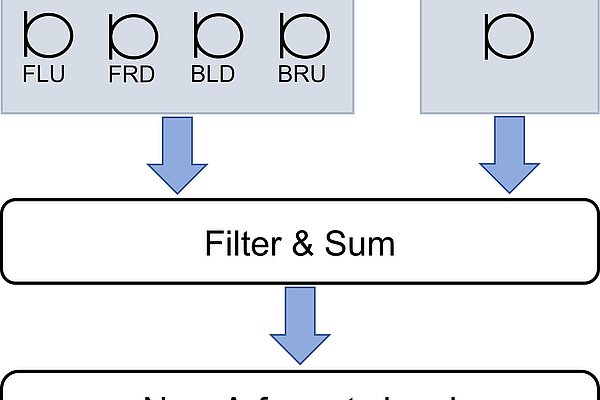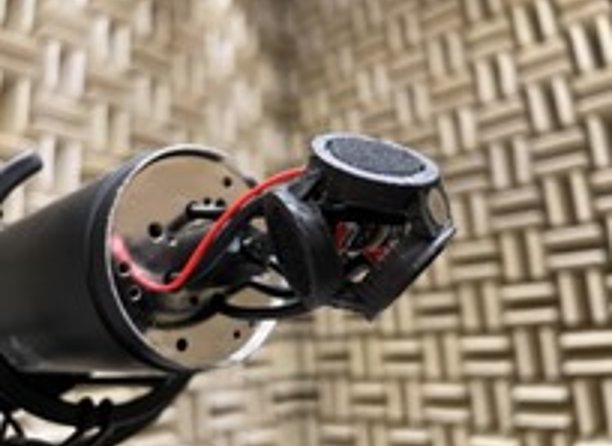3D ambisonic microphone - FOA microphone with optimized low-frequency performance
Ref.-No. 6344
Keywords: FOA microphone, 3D ambisonics microphone, optimized low frequency response, 3D sound, recording of spatial sound fields
Home theater, gaming and VR applications increasingly rely on three-dimensional surround sound, however, low and very low tones in particular are inadequately reproduced. This is mainly due to the microphones commonly used for recording, which have extremely limited sensitivity to low frequencies for the necessary directivity. A bidirectional microphone from the University of Applies Sciences Düsseldorf will soon be able to solve this problem: It improves first-order ambisonic (FOA) microphones, which are needed to record spatial sound fields (3D sound), at low frequencies while also optimizing signal-to-noise ratio (SNR).
The microphone consists of pressure gradient transducers with a cardioid polar pattern for the mid- and high-frequency ranges as well as a pressure transducer with an omnidirectional polar pattern for the low-frequency range. The circuitry includes Linkwitz–Riley high-pass and low-pass filters to achieve the flattest possible amplitude curve when close to the crossover frequency of around 100 Hz.
Competitive Advantages
- Optimized low-frequency recording
- Better overall noise performance (SNR)
- Improved cartridge noise
Commercial Opportunities
Electronic entertainment media such as home theater, gaming and VR applications also increasingly produce spatial audio impressions, which is becoming a growing market. There is, however, a significantly larger market volume for reproduction than for recording technology. Suitable, specialized equipment for recording studios is made by only a few manufacturers.
The market for ambisonic applications—that is, for 3D sound fields—will grow in the future. Currently, wired methods are the commercial go-to for recording spatial sound fields. The top alternative at the moment is Dolby Atmos. Over the medium term, this new solution from the University of Applied Sciences Düsseldorf could also find use with the new MPEG-H audio. The data supported by this standard includes ambisonic data and it has already been established in some countries, such as South Korea.
Current Status
The components have already been validated in a lab environment and are currently being developed into an easy-to-use demonstrator. An application for a patent has been submitted to the German Patent and Trademark Office (DPMA), with subsequent applications in other countries possible in the priority year.
On behalf of the University of Applied Sciences Düsseldorf, we are offering interested companies the opportunity to license and help continue to develop this technology.
—
An invention of Düsseldorf University of Applied Sciences.




